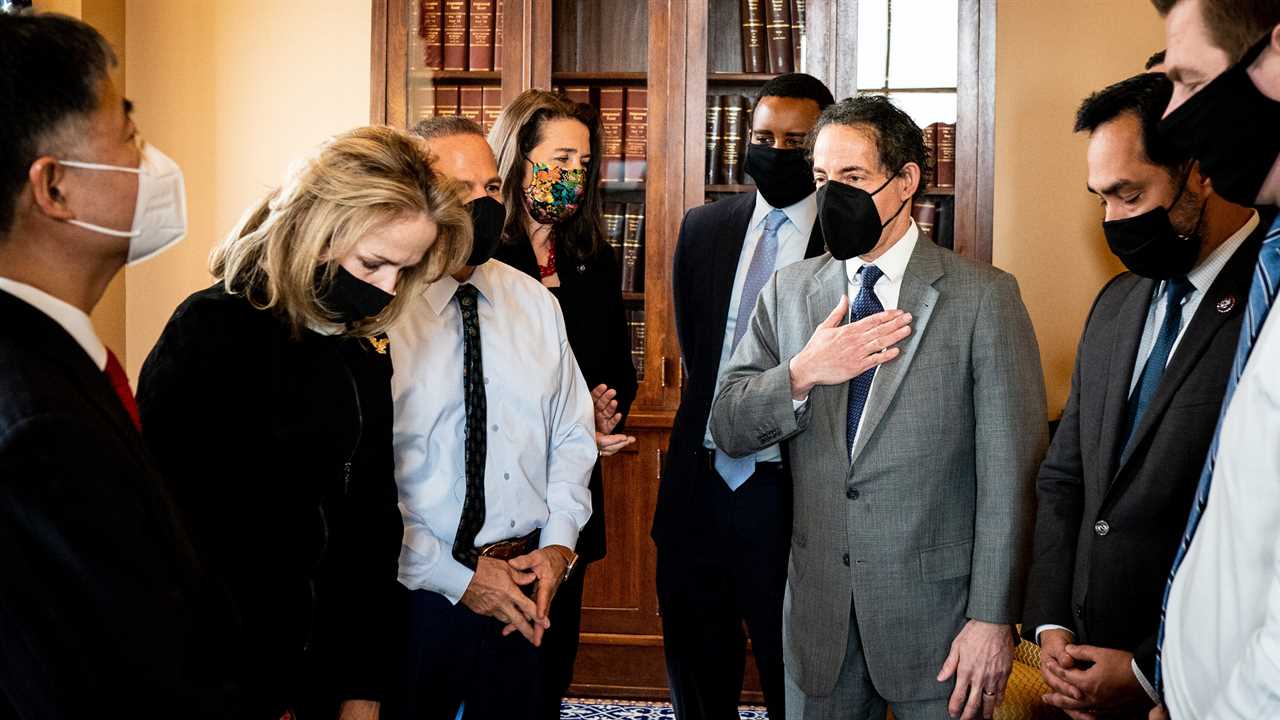
WASHINGTON — The lead impeachment manager in the trial of former President Donald J. Trump issued a warning as the proceedings began on Wednesday: not appropriate for young children.
“We do urge parents and teachers to exercise close review of what young people are watching here,” Representative Jamie Raskin, Democrat of Maryland, said before showing video of the “shocking violence, bloodshed and pain” inflicted by the violent mob on Capitol Hill on Jan. 6.
Mr. Raskin’s message was ostensibly for parents watching at home. But the subtext was not lost on those in the Senate chamber, where Mr. Trump was facing an impeachment trial for the second time: House managers who were victims of the attack were speaking to senators who themselves had survived the violent assault. Around them were their staffs who had cowered behind office desks as the mob rampaged through the building. Above them in the balcony, scribbling in notepads, were journalists who were equally traumatized and security officers who had been there to ward off the attackers.
The humming rhythms of Capitol Hill do not easily allow for prolonged moments of reflection, let alone in the aftermath of an insurrection. But the video evidence procured by the impeachment managers turned the nation’s most powerful lawmakers into a captive audience, forcing them to absorb the enormity of the attack and render judgment on whether Mr. Trump deserved blame for what they had witnessed.
“We have to relive it,” said Senator Benjamin L. Cardin, Democrat of Maryland, though he predicted some staff members would most likely avoid watching video of the deadly attack again. “It’s painful. It brings up a very traumatic moment. But it also helps to bring closure, so I think it’s something that we have to go through. But it reminds us just how tragic a day it was.”
The senators watched mostly in silence as the images of the mob played in the chamber, the audio of the rioters’ profane taunts and threats echoing off the walls. As the footage played, some appeared to involuntarily trace the path they took away from the chamber as it became clear how close they had been to the mob.
Among the videos was previously unreleased footage of Officer Eugene Goodman, who has been widely praised as a hero, redirecting Senator Mitt Romney, Republican of Utah, away from the mob; rioters coming within steps of Senator Chuck Schumer of New York, the majority leader; and others beating on the door of an office in which members of Speaker Nancy Pelosi’s staff had barricaded themselves.






